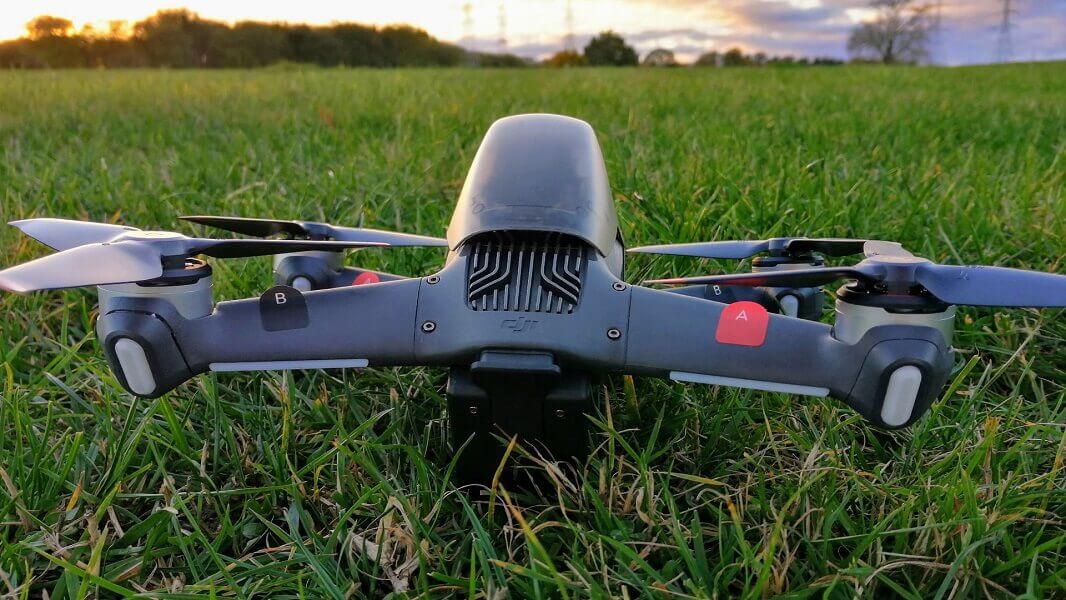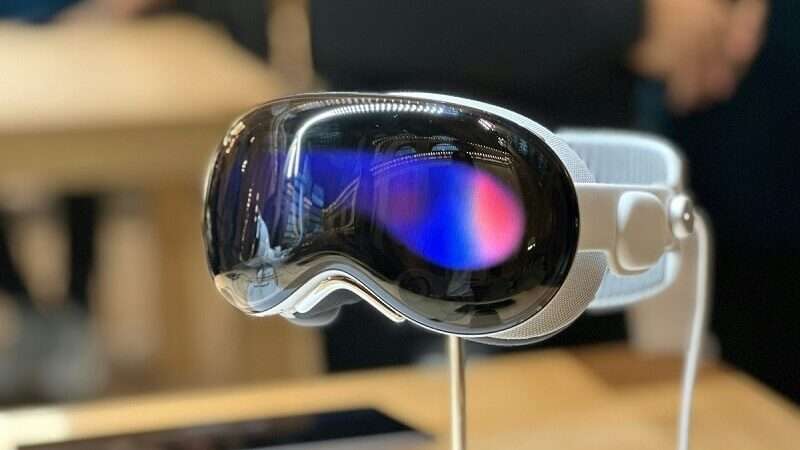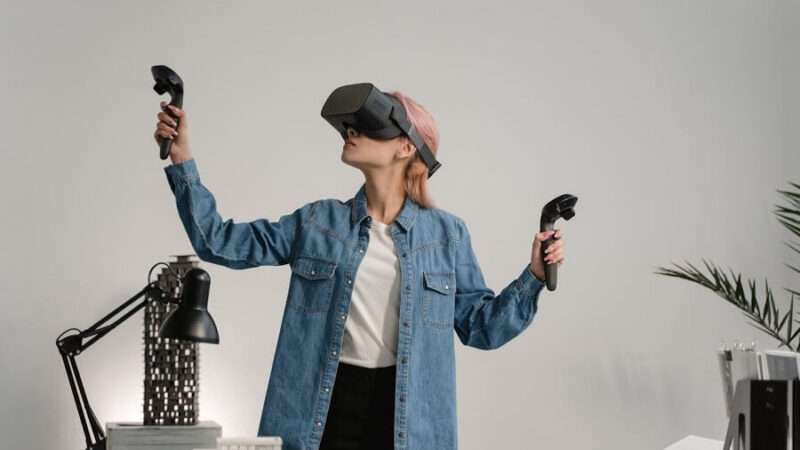Introduction to FPV Drones and DJI Series

FPV (First-Person View) drones are revolutionizing the way we experience aerial technology. Unlike traditional drones, which are flown by looking at the drone itself, FPV drones offer an immersive experience by providing real-time video footage from the drone’s perspective. Pilots can see what the drone sees, making it possible to perform intricate maneuvers, capture stunning aerial footage, and explore new environments as though they are sitting inside the drone.
Among the many brands and series of drones available today, DJI is undoubtedly a leader in the market. Known for its high-quality, innovative products, DJI has expanded its range to include several well-known series like the DJI Mavic 3 Series, DJI Mavic Mini Series, and the DJI Matrice 30 Drone. In this article, we’ll explore these specific DJI drones and their impact on the FPV drone world while considering what makes FPV drones so popular.
What is an FPV Drone?
FPV drones provide a real-time video feed directly to the pilot, either through goggles or a screen. This first-person view enhances the flying experience, offering more precision and control compared to traditional drones flown by line-of-sight. FPV drones are particularly popular in drone racing, freestyle flying, and aerial cinematography because they allow the pilot to navigate through complex environments and perform tight maneuvers that would be impossible with standard drones.
In terms of functionality, FPV drones consist of the following components:
- Camera: The onboard camera transmits live footage to the pilot, enabling first-person control.
- Goggles or Monitor: Pilots wear FPV goggles or use a monitor to view the real-time footage.
- Transmitter and Receiver: A video transmitter on the drone sends the live feed to a receiver in the goggles or monitor.
- Flight Controller: This is the brain of the drone, translating input from the controller to the drone’s motors and ensuring smooth operation.
While FPV drones were initially custom-built by hobbyists, mainstream manufacturers like DJI have now integrated FPV features into their consumer drones, making this technology more accessible.
DJI Mavic 3 Series: A New Standard for FPV
The DJI Mavic 3 Series has set a new benchmark in the drone industry, especially for professional videographers and FPV enthusiasts who value high-quality footage. Known for its advanced camera system, extended flight time, and intelligent features, the Mavic 3 Series incorporates both traditional and FPV drone elements, offering pilots the best of both worlds.
Key Features of the DJI Mavic 3 Series
- Advanced Camera System:
- The Mavic 3 Series is equipped with a Hasselblad camera that supports 5.1K video recording and a 4/3 CMOS sensor for superior image quality. This makes it ideal for capturing high-resolution FPV footage in a variety of environments.
- Dual-camera capability allows users to switch between wide-angle and telephoto lenses, giving pilots creative flexibility while flying in FPV mode.
- Extended Flight Time:
- With a flight time of up to 46 minutes, the Mavic 3 offers one of the longest-lasting batteries on the market. This extended flight time is crucial for FPV enthusiasts who want to explore vast landscapes or capture lengthy sequences without constantly landing for battery changes.
- OcuSync 3.0 and FPV Transmission:
- The Mavic 3 Series uses DJI’s OcuSync 3.0 technology, which provides an FPV transmission range of up to 15 km. This ensures stable, high-definition video transmission, even in complex environments where signal interference is common.
- Autonomous Features and Obstacle Avoidance:
- The Mavic 3 Series comes with intelligent flight modes such as ActiveTrack, MasterShots, and QuickShots, making it easier to capture smooth FPV footage. The APAS 5.0 obstacle avoidance system helps navigate tight spaces, ensuring safety during FPV flights in difficult terrains.
- Compact and Foldable Design:
- Despite its high-end features, the Mavic 3 Series remains portable and easy to transport, thanks to its foldable design. This portability is a key factor for FPV drone pilots who are often on the go.
FPV Capabilities in the Mavic 3 Series
While the Mavic 3 is not a dedicated FPV racing drone, its FPV mode allows the camera to follow the drone’s movements more naturally, offering a simulated first-person experience. The live feed provided by OcuSync 3.0 is of exceptional quality, making it suitable for FPV flying, particularly for capturing high-quality cinematic footage.
DJI Mavic Mini Series: A Lightweight FPV Experience
For those new to FPV flying or those who prefer a more lightweight option, the DJI Mavic Mini Series offers an excellent entry point. These drones are compact, affordable, and surprisingly powerful for their size, making them perfect for casual FPV pilots who want to experience the thrill of first-person flying without investing in a high-end model.
Key Features of the DJI Mavic Mini Series
- Lightweight and Portable:
- Weighing less than 250 grams, the Mavic Mini Series is small enough to fit in the palm of your hand. This ultra-lightweight design means it doesn’t require FAA registration in many countries, which is a huge advantage for beginners.
- High-Quality Camera:
- Despite its small size, the Mavic Mini Series features a 12MP camera capable of shooting 2.7K Quad HD video. While it doesn’t offer the same resolution as the Mavic 3 Series, it’s more than enough for most FPV pilots looking to capture crisp aerial footage.
- QuickShots and Easy-to-Use Features:
- DJI has packed the Mavic Mini with intelligent features like QuickShots, which enable users to create cinematic FPV videos with minimal effort. The user-friendly DJI Fly app makes it easy to navigate and control the drone in FPV mode.
- Decent Flight Time:
- The Mavic Mini Series offers a flight time of up to 30 minutes, which is impressive for its size. While this may not compete with the Mavic 3, it’s a great option for shorter FPV flights and beginner pilots.
- Price Point:
- The Mavic Mini Series is one of DJI’s most affordable drones, making it an ideal choice for those looking to try FPV flying without a significant financial commitment. Its price-to-performance ratio is among the best in the market.
FPV Capabilities in the Mavic Mini Series
Although the Mavic Mini Series lacks some of the advanced features found in dedicated FPV drones, it still offers an immersive flying experience. Pilots can enjoy real-time video feeds through the DJI Fly app, making it easy to pilot the drone from a first-person perspective. Additionally, its small size and agility make it an excellent option for navigating tighter spaces, a popular requirement for FPV flying.
DJI Matrice 30 Drone: Industrial FPV and Beyond
While the DJI Mavic Series is aimed at the consumer market, DJI has also developed the Matrice 30 Drone for commercial and industrial applications. This drone is built for professionals who require robust, durable equipment for tasks like infrastructure inspections, search and rescue operations, and more. However, the Matrice 30 also offers FPV capabilities that can be utilized in more demanding scenarios.
Key Features of the DJI Matrice 30 Drone
- Industrial-Grade Durability:
- The Matrice 30 is designed for harsh environments. With an IP55 rating, it is resistant to water, dust, and extreme temperatures. This makes it an excellent choice for professionals who need to fly in challenging conditions where traditional FPV drones might fail.
- Advanced Sensors and Payloads:
- The Matrice 30 supports various payloads, including high-resolution cameras, thermal imaging sensors, and LiDAR systems. These advanced payloads make it one of the most versatile drones for industrial applications, while also enabling professional-grade FPV flying with high-definition video feeds.
- Extended Flight Time and Range:
- With a flight time of up to 55 minutes, the Matrice 30 outlasts most consumer FPV drones, offering long-duration missions without needing constant battery swaps. The drone’s control range of 15 km ensures that even in remote locations, pilots can maintain control and receive real-time FPV footage.
- Obstacle Avoidance and Autonomous Capabilities:
- The Matrice 30 is equipped with omnidirectional obstacle sensing, making it safer to operate in complex environments. Coupled with autonomous flight modes, this drone can navigate dangerous areas while providing live FPV video to operators.
FPV Applications in Industrial Settings
In the industrial context, FPV drones like the Matrice 30 allow operators to gain real-time insight into areas that would otherwise be inaccessible or hazardous. For example, in infrastructure inspections, pilots can fly the drone into tight spaces like the underside of a bridge or along the face of a tall building. The live FPV feed enables the operator to conduct detailed inspections without needing to physically access these hard-to-reach areas.
The FPV capabilities of the Matrice 30 are not limited to inspections. Search and rescue operations benefit immensely from the drone’s ability to fly into confined or dangerous environments, such as collapsed buildings or dense forests, while providing a live view of the surroundings to first responders.
Why Choose DJI for FPV Drones?
DJI has become synonymous with high-quality drones, and their FPV-enabled models cater to a wide range of users, from beginners to professionals. Whether you’re looking for a compact, lightweight drone like the Mavic Mini Series, a versatile and powerful option like the Mavic 3 Series, or an industrial-grade tool like the Matrice 30, DJI has you covered.
Quality and Innovation
One of the primary reasons to choose DJI for FPV drones is their commitment to innovation. DJI continually pushes the boundaries of what drones can do, integrating cutting-edge technology like AI-powered obstacle avoidance, advanced camera systems, and real-time video transmission.
Reliability and Safety
DJI drones are known for their reliability. This is particularly important in FPV flying, where a lost signal or malfunction can result in a crash. DJI’s drones come with robust safety features, including return-to-home functionality and multi-directional obstacle sensing, ensuring a safer FPV flying experience.
Customizability and Flexibility
DJI drones are also highly customizable. For instance, advanced users can adjust camera settings, flight modes, and even control the drone through third-party software. This flexibility makes DJI drones appealing to both hobbyists and professionals who require specific functionalities in their FPV drones.
Conclusion
FPV drones are changing the way we interact with aerial technology, and DJI has firmly established itself as a leader in this space. Whether you’re a beginner just getting into FPV flying or a professional looking for advanced features, the DJI Mavic 3 Series, Mavic Mini Series, and Matrice 30 Drone offer something for everyone.
From the high-end capabilities of the Mavic 3 to the affordable and lightweight Mavic Mini, DJI’s range of FPV drones delivers exceptional performance, reliability, and innovation. For those seeking an industrial-grade drone with FPV capabilities, the Matrice 30 stands as an unrivaled choice. Ultimately, DJI’s FPV drones are not just tools; they’re gateways to new perspectives, offering a thrilling and immersive way to explore the world from above.






